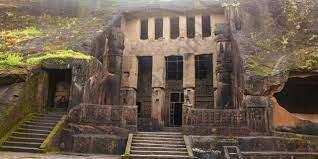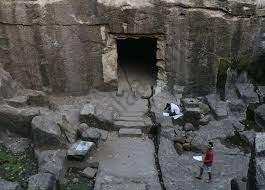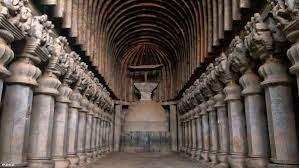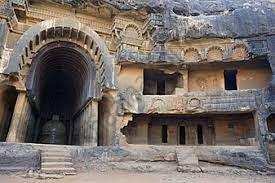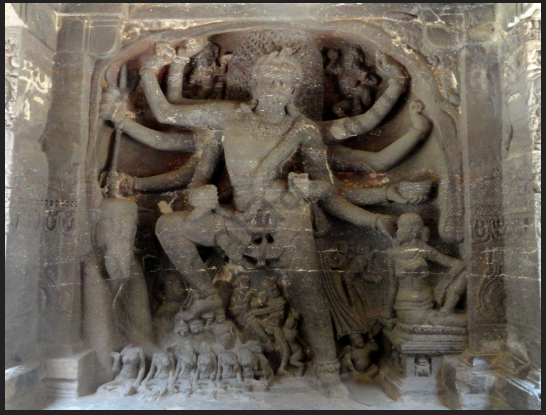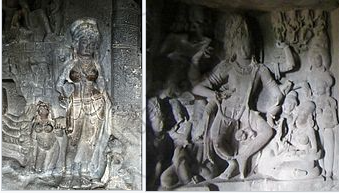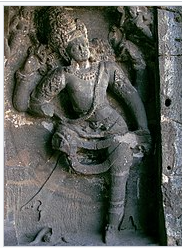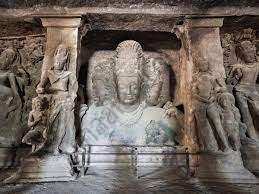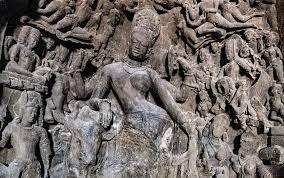Topics
Historiography : Development in the West
History : Applied History
Working of the Constitution
Historiography : Indian Tradition
The Electoral Process
Political Science : Working of the Indian Constitution
Applied History
Political Parties
History of Indian Arts
- What is ‘Art’?
- Indian Traditions of Visual Arts (Drik Kala): Painting
- Prehistoric Paintings
- Mural Paintings and Cave Painting
- Folk Styles of Paintings
- Classical Styles of Painting
- Miniature Paintings in Manuscripts
- Modern Indian Paintings
- Indian Traditions of Visual Arts (Drik Kala): Sculpture Art
- Indus Civilization Sculpture
- Folk Styles of Sculptural Art
- Classical Styles of Sculptural Art
- Indian Iconography
- Indian Traditions of Visual Arts (Drik Kala): Architecture and Sculpture
- Rock-cut Architecture
- Temple Architecture
- Indo-Islamic Architecture
- Indo-Gothic architecture
- Indian Traditions of Performing Arts
- Indian Theatre
- Indian Music
- Indian Dance
- Present Scenario of the Performing Arts
- Art, Applied Art, and Professional Opportunities
Social and Political Movements
- Movement
- Important Movements in India
- Tribal Movement
- Farmers Movement
- Worker's Movements
- Women’s Movement
- Environment Movements
- Consumer Movement
Mass Media and History
Challenges Faced by Indian Democracy
Entertainment and History
Sports and History
Tourism and History
Heritage Management
History - Imperialism
History - 20th Century Age of conflict
History - Emancipation of Asia and Africa
History - World after World War 2
Political Science
Geographical discoveries and colonization
- Concept for Geographical Discoveries and Colonization
Africa
- Imperialism - Africa
Asia: India, China, Japan
- Concept for Asia: India, China, Japan
Dictatorships in Europe, Second World War and world
- Concept on Dictatorships in Europe
- Concept for Second World War and World
First world war
- Concept on First World War
The League of Nations
- Concept for the League of Nations
Russian Revolution
- Concept for Russian Revolution
United Nations Organization
- Concept for United Nations Organization
Africa
- Emancipation of Africa
Asia
- Emancipation of Asia
Globalization
- Globalization After World War II
Scientific and Technological Progress
- Scientific and Technological Progress After World War II
Cold war
- Formation of the Cold War
Social Diversity and Democracy
- Social Diversity
- Coccept for Caste/Race and Democracy
- Concept for Language and Democracy
- Cocnept for Religion and Democracy
- Concept for Gender and Democracy
- Concept for Democracy and Diversity
Challenges to Democracy Remedial Measures to the Challenges
- Concept for Challenges to Democracy Remedial Measures to the Challenges
Internal work
Democracy
- Democracy - Meaning, Types and Characteristics
Political Parties and Types
- Political Parties
- Importance of Political Parties
- Major National and Regional Parties in India/ Types of Political Parties
Notes
Rock-cut caves:
- Rock-cut architecture is the creation of structures, buildings, and sculptures by excavating solid rock where it naturally occurs.
- Temples, tombs, and cave dwellings were the three main uses of rock-cut architecture.
- The oldest rock-cut architecture is the Barabar caves in Bihar, which were built around the third century BC.
- Because India had many rocky mountains, rock-cut architecture was ideal, and structures excavated in stone were the most durable.
- Technically the entire composition of a rock-cut cave represents a union of architecture and sculptural art.
- Its entrances, interiors with its carved columns, and images are excellent specimens of sculptural art. The paintings on the walls and ceiling have survived in some of the caves till today.
Phases of Rock-cut architecture:
Phase 1: The first rock-cut caves were built by Ashoka and his grandson Dasaratha. The early Buddhist architecture spans the years 2nd century BC to 2nd century AD. This period's excavations are mostly made up of chaityas and viharas. They were mostly made of wood. Early Buddhist architecture can still be seen in Karla, Kanheri, Nasik, Bhaja, and Bedsa, as well as Ajanta.
Phase 2: In the fifth century AD, the second phase of rock-cut architecture began. This stage was distinguished by the removal of timber and the incorporation of the image of the Buddha as a dominant feature of the architectural design. Viharas underwent a slight change during this time, the inner cells inhabited by the monks alone, now housed the image of the Buddha as well.
Phase 3: The next, and possibly most dominant, phase in the rock-cut tradition is the Dravidian rock-cut style. The main characteristics of this style are mandapa and ratha. The mandapa is an open pavilion carved from rock. It's a simple columned hall with two or more cells in the back wall. The ratha is a single-stone shrine carved out of solid rock.
Examples of Rock-cut Architecture:
| Caves | Particulars |
|
Kanheri Caves |
1. Kanheri Cave: Location: Mumbai
|
|
Jogeshwari caves |
2. Jogeshwari caves: Location: Salsette
|
|
Karla caves Chaitya Hall, Karla Cave No.8 |
3. Karla caves:
|
|
Bhaja caves Chaitya, Cave No. 12, Bhaja |
4. Bhaja caves: Location: near Pune
|
|
Ellora caves
Gajasur Shiva, Cave No.15, Ellora
Parvati and Dancing Shiva in an Ellora cave
Vishnu at the Dashavatara Ellora temple
|
5. Ellora caves: Location: Maharashtra
|
|
Ajanta caves |
6. Ajanta caves: Location: Aurangabad
|
|
Elephanta caves Three-face image of Shiva
Ardhanariswara |
7. Elephanta caves: Location: Mumbai
|
